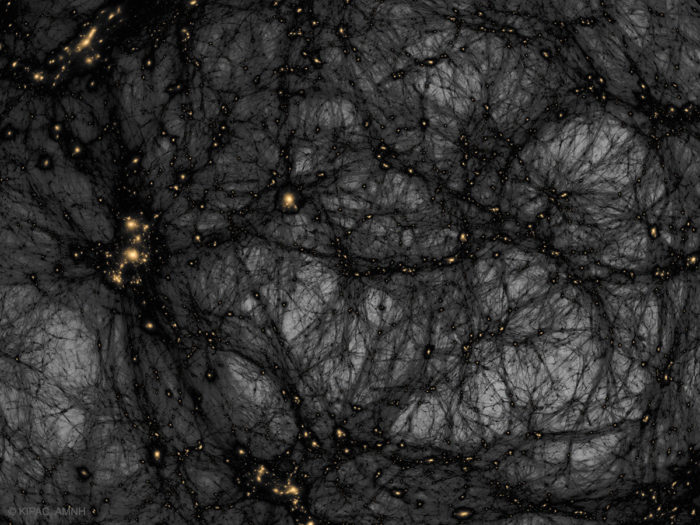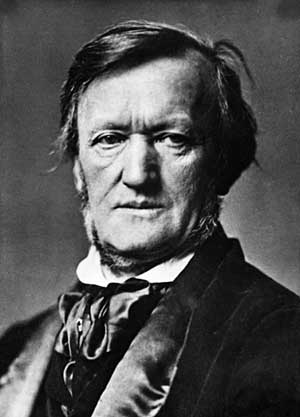
Article by David Rosales, 1st installment of a 7 part series
The terms pop and classical get thrown around pretty carelessly, with little regard as to what they actually mean as foreign meanings are imposed on them. It can be shown that most of these distinctions are quite arbitrary, even if they are meaningful indeed. What we should be asking ourselves is which of the definitions may provide a useful distinction that goes beyond the plain appearances or superficial glances at structure.
Music works at so many more levels than bare form (which is only the means and not the music itself) that the analysis typical of academia which focuses on either what I would call brute-force complexity or what they may deem “innovative” is problematic. Music history has proved that mere innovation, which more often than not is little more than momentary novelty, does not bring about long-standing results in itself. It may certainly result in long-standing popularity, but one may see that in these cases the “novelty” in question, as a concept, antecedes any natural reactions and feelings people may have to it.
A good example of this is The Rite of Spring, by Stravinsky. Its fans are usually music majors, more often than not, or amateur posers who are merely shocked by its reputation and how strange it sounds – how “different” it makes them feel. In each of the cases, the most immediate arguments for the greatness of this music will come in the form of cold musical analyses that point out its innovations in rhythm, or how “shocking” the character is. Basically, bombast and syncopated hip movements.
https://www.youtube.com/watch?v=rq1q6u3mLSM
The same is true of metal or any other genre. Innovations and novelty come and go, the former being absorbed into the background as useful processes to express the metaphysical concerns that the particular music has, while the latter makes an impression and is left behind. As we recognize this universal rule of human-made music, or art in general, we come to understand that we cannot base definitions strictly on whether or not innovation is taking place as this also tends to be confused with novelty. Only time — and long spans at that — can truly prove the difference.
Finally, the biggest preconception we must get rid off to properly start this discussion is that the terms we mentioned before are actually defined. There is no complete consensus regarding what “popular music” strictly consists of. Furthermore, the term “classical” seems to be used as meaning both a period in Western traditional music, and what is actually modern academic activity which appropriates the former for itself as if some kind of crowning ceremony had taken place in which Beethoven bestowed power upon Wagner, who in turn anointed the likes of Schönberg. Let’s get rid of all such popular (ha!) assertions and try to arrive at useful terms.
22 CommentsTags: analysis, Beethoven, classical music, musical analysis, pop music, Schönberg, stravinsky, wagner


 The Death Melodies Series (DMS) continues with modernist Richard Wagner.
The Death Melodies Series (DMS) continues with modernist Richard Wagner.
